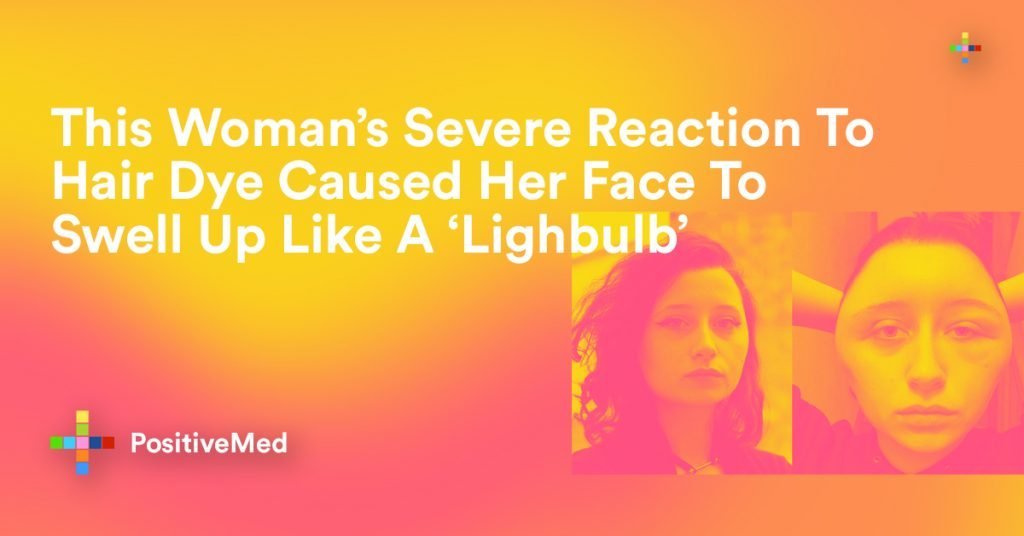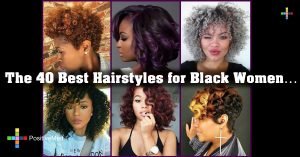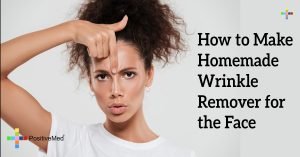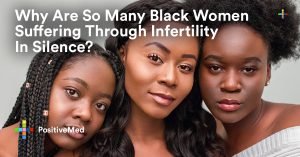Let’s be totally honest; most women enjoy coloring their hair, but the chemicals in these at-home boxes can sometimes cause problems. One young woman suffered an extreme allergic reaction, and her face told the story. It swelled up like a lightbulb.
The woman, a student from Paris, bought a box of drugstore hair dye to do it herself. Estelle, 19, desired to go from blonde to brunette. She even performed a brief patch test to ensure she wasn’t allergic.
The error she made during the patch test was not waiting the required 48 hours before coloring the hair. Instead, Estelle revealed that she proceeded to dye her locks after 30 minutes.

According to an article in the Business Insider, that’s when the emergency developed.
When Estelle awoke the next morning, her brunette tresses were dark alright, but her face and head began ballooning in size, causing her to have the shape of a lightbulb. She began itching her scalp continuously, and the advice from a pharmacist was to take antihistamines to reduce the major swelling.
A few days later, and the problem got worse. The college student showed her mother her lightbulb head, and off she went to the emergency room. Estelle told Le Parisien magazine that she had suffered a serious allergic reaction. Doctors caught the condition in time and administered an adrenaline shot to help her heal. Estelle feared she could die as she had difficulty breathing.
Estelle had developed what skin care experts call a common allergy. Synthetic hair dyes that are permanent contain a chemical called PPD (paraphenylenediamine). PPD is essential as an ingredient to turn light hair dark. It is legal and considered safe in hair color products.
Only a tiny percentage of people are allergic, around 0.1% of the population, says a report by Action Against Allergy.
Estelle is doing well but recommends the hair color industry become more transparent in the products they sell. The consumer should be warned about the presence of PPD, patch testing and the allergic issues the ingredient can cause. She believes the warning should be stronger, so other women don’t ever have to suffer such a frightening reaction, reported Women’s Health.
There are PPD-free hair dyes to consider to avoid an allergic reaction. A variety of these safer hair color kits can be found online. Most of them contain a botanical base and also avoid ammonia and peroxide.
Common PPD-free ingredients feature herbals like indigo, henna, Indian gooseberry, and false daisy.
It is essential to do a color patch test every time before dyeing one’s hair. After seeing Estelle’s scary reaction from an allergy, it’s better to be safe than sorry.






